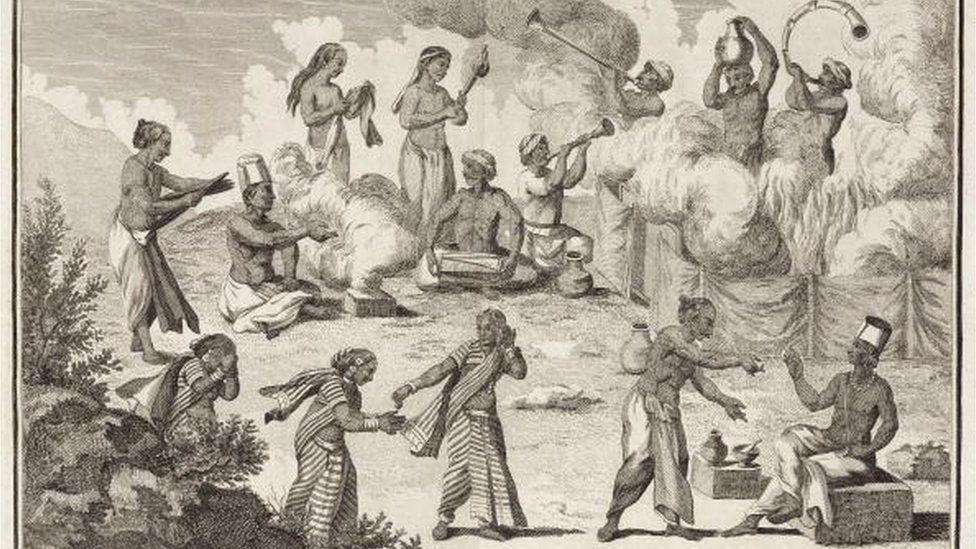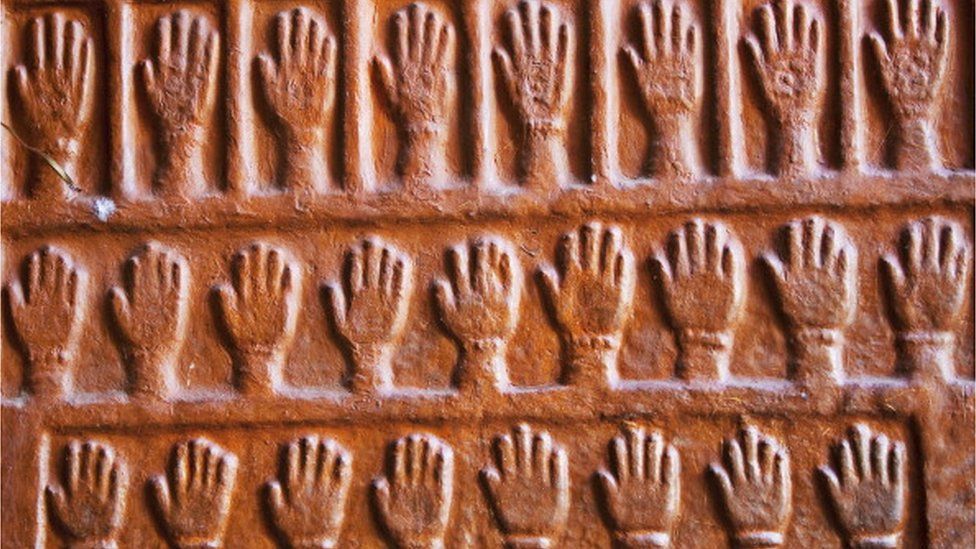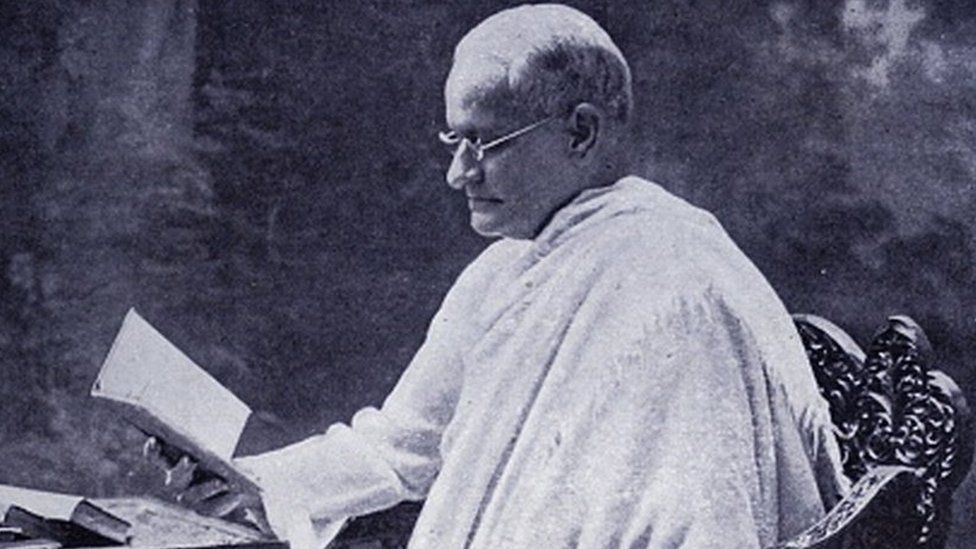-
Published

In December 1829, Lord William Bentinck, the first governor general of British-ruled India, banned sati, the ancient Hindu practice of a widow immolating herself on her husband’s funeral pyre.
Bentinck, then the governor general of Bengal, sought the views of 49 senior army officers and five judges, and was convinced that the time had come to “wash out a foul stain upon British rule”. His regulation said sati was “revolting to the feelings of human nature” and that it shocked many Hindus as well as “unlawful and wicked”.
The regulation said that those convicted of “aiding and abetting” in the burning of a Hindu widow, “whether the sacrifice be voluntary on her part or not” would be found guilty of culpable homicide. It empowered the courts to impose the death penalty for persons convicted of using force or assisting in burning alive a widow “who had been intoxicated and could not have exercised her free will”.
Bentinck’s law was even more stringent than a more gradualist way of rooting out the practice recommended by leading Indian reformers who campaigned against sati. After the legislation, 300 eminent Hindus, led by Raja Rammohun Roy, thanked him for “rescuing us forever from the gross stigma hitherto attached to our character as wilful murderers of females”.
Orthodox Hindus pushed backed and petitioned Bentinck. Quoting scholars and scriptures, they challenged his case that sati was not an “imperative duty under the religion”. Bentinck didn’t budge. The petitioners went to the Privy Council, the court of last resort in British colonies. In 1832, the Council upheld the regulation, saying sati was a “flagrant offence against society”.

“The unapologetic combativeness of the 1829 regulation was perhaps the only instance throughout 190 years of colonial rule where a social legislation was enacted without offering any concession to orthodox sentiments,” notes Manoj Mitta, author of Caste Pride, a new book examining the legal history of caste in India.
Also, Mr Mitta writes, “long before Gandhi famously deployed moral pressure against the British empire, Bentinck had pitted the same force against the caste and gender prejudices intrinsic to sati”.
“By criminalising this one native custom that had so corroded the colonised, the coloniser had scored a moral point.”
But, in 1837, Bentinck’s law was diluted by another Britisher, Thomas Macaulay, author of the Indian Penal Code. In Macaulay’s reading if someone could claim with evidence to have lit the pyre at the instance of the widow, he could be let off lightly. He said in a draft note that women burning themselves could be motivated by a “strong sense of religious duty, sometimes of a strong sense of honour”.
Mr Mitta found that Macaulay’s “sympathetic position” on sati had resonance with British rulers decades later.
He writes his draft was dusted off after the 1857 mutiny when native Hindu and Muslim soldiers, also known as sepoys, rebelled against the British East India Company over fears that gun cartridges were greased with animal fat forbidden by their religions. Now, the diluted regulation made it to the statute book “fitting the colonial strategy of appeasing high-caste Hindus who had played a leading role” in the rebellion.

The 1862 regulation repealed both the penal provisions which said that sati would be punishable as culpable homicide and the other imposing that the death penalty in aggravated cases. It also meant that it allowed the accused to claim that the victim had consented to her life being terminated at her husband’s funeral, so it was a case of suicide rather than a murder.
Mr Mitta writes that the dilution of the sati rule was a “response to the simmering grievances against social legislation” – outlawing of sati, a 1850 law empowering outcaste and apostate Hindus to inherit family property and a 1856 law allowing remarriage of all widows.
But the immediate trigger for pushing through a diluted law was the “outrage among upper-caste Hindu soldiers” who were incensed over reports that cartridges had been greased with cow fat.
Between 1829 and 1862, the crime of sati had been diminished from murder to abetment of suicide. “Though less commonly practised since 1829, sati continued to be valorised and revered in certain parts of India, especially among higher castes,” says Mr Mitta.
In a curious twist, Motilal Nehru, a lawyer-politician who joined the Indian National Congress and played a key role in the campaign for independence from British rule, appeared in court defending six upper-caste men in a case of sati in 1913 in Uttar Pradesh.

The men said the pyre had “ignited miraculously through the sheer piety of the widow”. Judges rejected the theory of divine intervention, deplored the cover-up and held the men guilty of abetting suicide – two of them were sentenced to prison for four years.
More than 70 years later, there was a final twist in the story of sati. In 1987, a government led by Motilal Nehru’s great-grandson Rajiv Gandhi, enacted a law which criminalised for the first time, “glorification of the practice”. People who supported, justified or propagated sati could be punished for seven years. The law also elevated the practice to murder and reintroduced the death penalty for those who abetted it.
This move had followed widespread outrage over the last reported sati in India involving a teenage bride called Roop Kanwar in a small village in the northern state of Rajasthan. It was, Mr Mitta notes, the 41st case of sati officially recorded after Independence in 1947.
The preamble to Rajiv Gandhi’s law borrowed from Bentinck’s regulation. “It was a tribute paid, even if unwittingly, by a decolonised country to its erstwhile coloniser,” says Mr Mitta.
BBC News India is now on YouTube. Click here to subscribe and watch our documentaries, explainers and features.


